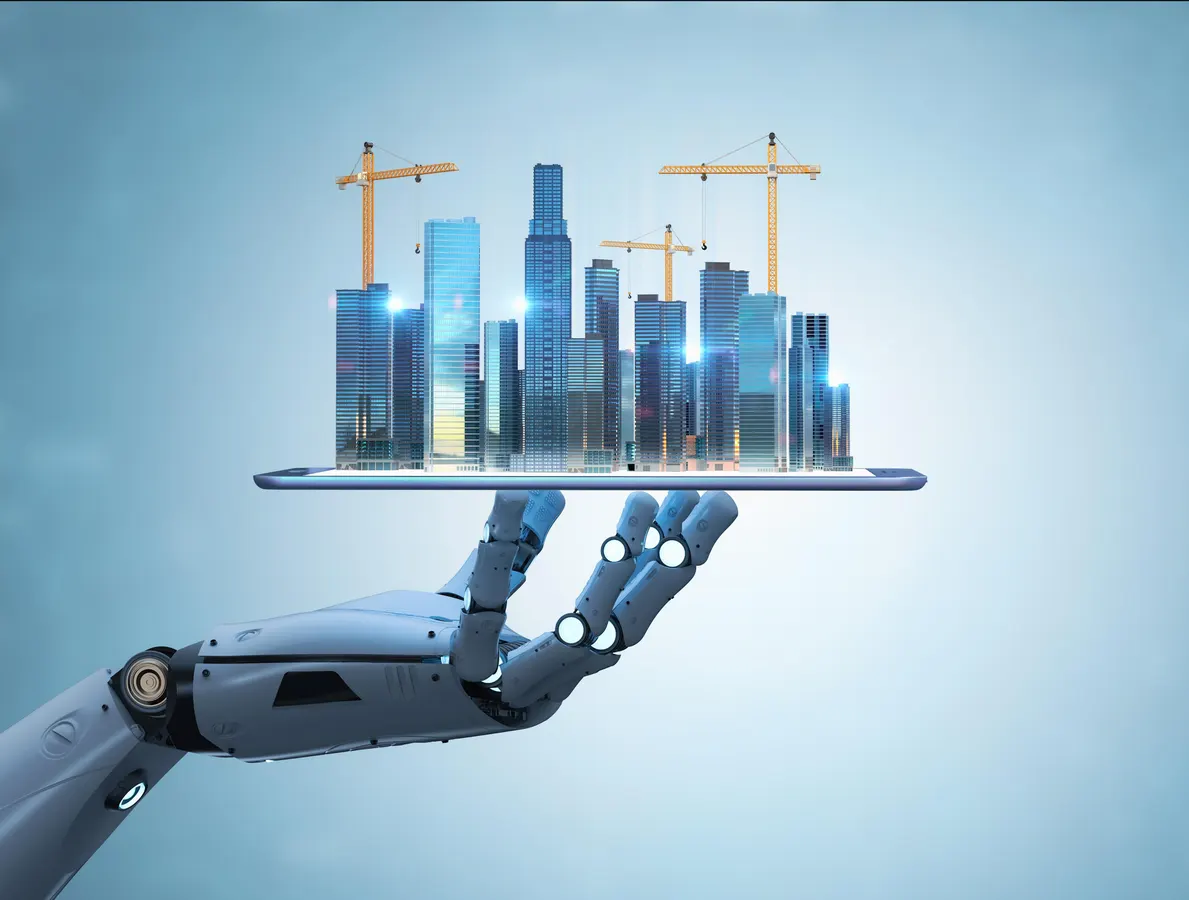AI in Construction Market Growth, Opportunities, and Insights by 2035

The future of the construction industry is being actively re-architected by the distinct and powerful strategies of the leaders in the AI in construction market. A detailed analysis of these AI in Construction Market Market Leaders—a group that includes both the incumbent AEC software giants like Autodesk and a new generation of well-funded, AI-native startups—reveals a high-stakes competition built on fundamentally different strategic pillars. These leaders are not just selling software; they are selling a comprehensive vision for a more predictive, automated, and data-driven construction lifecycle. Their strategies are a direct response to the market's explosive growth and the industry's urgent need to overcome its long-standing productivity and safety challenges. The AI in Construction Market size is projected to grow USD 15.01 Billion by 2035, exhibiting a CAGR of 32.66% during the forecast period 2025-2035. To secure a dominant and lasting share of this market, each of these leaders is leveraging its unique assets—be it a massive installed base or cutting-edge AI expertise—to pursue a different path to becoming the indispensable intelligence layer for the construction site of the future.
The strategy of the established AEC software market leaders, with Autodesk as a prime example, is one of platform integration and ecosystem dominance. Their core strategy is to leverage their massive, deeply entrenched customer base and to embed AI capabilities as a value-added feature across their entire portfolio of design and construction management software. With its Autodesk Construction Cloud, the company's strategy is not to sell a standalone "AI product," but to sell an "AI-powered platform." This involves using machine learning for features like risk analysis (automatically identifying project issues that are most likely to cause delays), for safety monitoring (analyzing photos to detect hazards), and for generative design (exploring thousands of design options in the early stages). Their competitive advantage is the power of their integrated ecosystem. For the thousands of construction companies that have already standardized on Autodesk's platform, adopting these new, embedded AI features is a natural and seamless process. This "bundling" strategy allows them to drive AI adoption at a massive scale and to capture a huge share of their existing customers' technology spend.
In stark contrast, the strategy of the market leaders from the AI-native startup world is one of deep specialization and best-of-breed excellence. These companies, often focused on a single problem like jobsite analytics, are built from the ground up as AI companies. Their core strategy is to develop a demonstrably superior AI-powered solution for a single, high-value problem. For example, a leader in AI-powered video analytics for construction sites will have a strategy that is relentlessly focused on improving the accuracy of its computer vision models for detecting safety hazards or for tracking productivity. Their competitive advantage is not a broad platform, but the depth of their technical expertise and the tangible ROI of their specialized solution. Their go-to-market strategy is often a direct, consultative sales motion that targets the operations and safety leaders at large general contractors, proving the value of their solution through pilot projects and case studies. This strategy of being a "best-in-class" point solution for a critical problem is a powerful way to win business and build a strong brand reputation based on technological superiority.
Top Trending Reports -
GCC Railway Cybersecurity Market
- Art
- Causes
- Crafts
- Dance
- Drinks
- Film
- Fitness
- Food
- Oyunlar
- Gardening
- Health
- Home
- Literature
- Music
- Networking
- Other
- Party
- Religion
- Shopping
- Sports
- Theater
- Wellness


